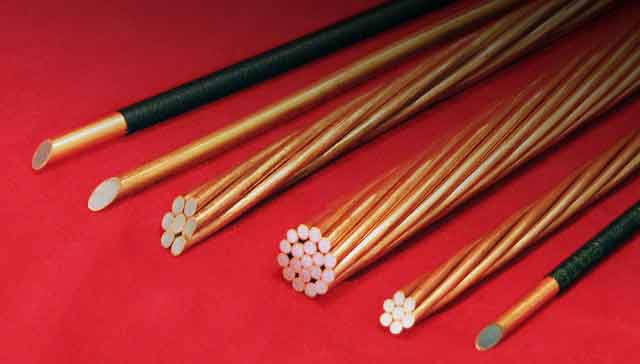
Bell Labs, the research and development arm of Alcatel-Lucent, announced this week that it has developed a prototype technology, called XG-Fast, which it used to transmit speeds of up to 10Gbit/s over traditional copper phone lines.
The technology, which is expected to be launched commercially in 2015, could be good news for companies like Telkom that have a large legacy investment in copper-cable infrastructure. By the same token, it could be bad news for those keen to replace copper with high-speed fibre optics.
The man leading the fibre-to-the-home initiative in the Johannesburg suburb of Parkhurst, Ryan Hawthorne, believes the Bell Labs announcement is significant. “This shows that fixed lines aren’t dead and that there is plenty of life still left in copper.”
Hawthorne says the development shows that the debate around local-loop unbundling — the regulatory intervention that would give Telkom’s rivals access to its last-mile copper network into homes and businesses — is “still very relevant”.
Although Bell Labs’ prototype technology will require fibre-optics closer to people’s homes, it shows that the last few hundred metres can still be provided over legacy copper infrastructure.
Such technology could be used through “sub-loop unbundling”, where a new market entrant could share the copper loop in the short distance from the distribution cabinet in the street to the home, says Hawthorne.
Another option is “virtual unbundled access”, where new entrants get access to that last-mile infrastructure but virtually, at another point of interconnection, such as a local exchange, he says.
“At the moment there are only three points in the country — in Johannesburg, Durban and Cape Town — where Telkom allows that sort of competition, and they’re far from people’s homes.”

For Vumatel, the company that won the project to deploy the home fibre broadband network in Parkhurst, Bell Labs’s prototype is not the Holy Grail for last-mile access in South Africa.
CEO Niel Schoeman says the problem is still the distance from the exchange to people’s homes, which tends to be great in South Africa.
“Other, similar tests over copper have shown that, after distances of about 150m, the technology becomes less advantageous.”
It will take time before the new technology filters down, he adds.
Until local-loop unbundling is forced on Telkom, its copper doesn’t mean much to anyone wanting to deliver services over it.
“We are trying to enable and move the market in South Africa forward, and for that fibre is the most future-proof solution,” says Schoeman.
The XG-Fast technology from Bell Labs is a development of G.fast, a technology standard being finalised by the International Telecommunication Union, the United Nations’ specialised agency for information and communications technologies.
G.fast uses a frequency range of 106MHz for data transmission, to deliver speeds of up to 500Mbit/s over distances of 100m.
The prototype XG-Fast will make use of frequencies up to 500MHz over shorter distances to deliver higher throughput.
So far, Bell Labs has achieved 10Gbit/s over a distance of 30m and has got up to 1Gbit/s symmetrical speeds at a distance of 70m on a single copper pair. — © 2014 NewsCentral Media




